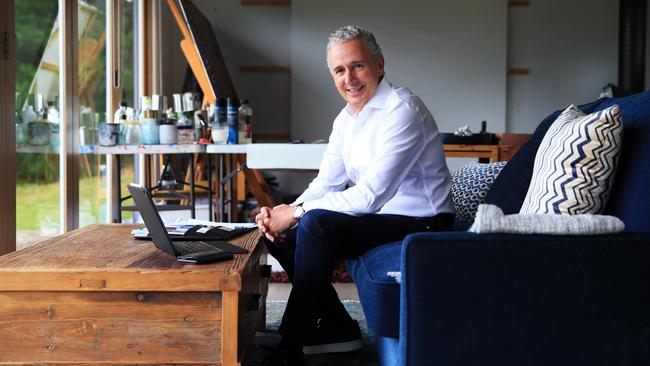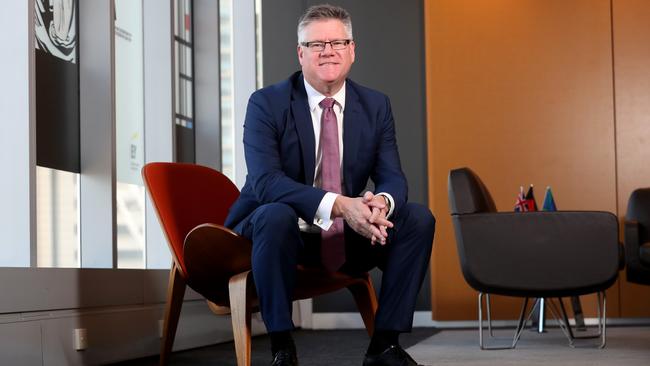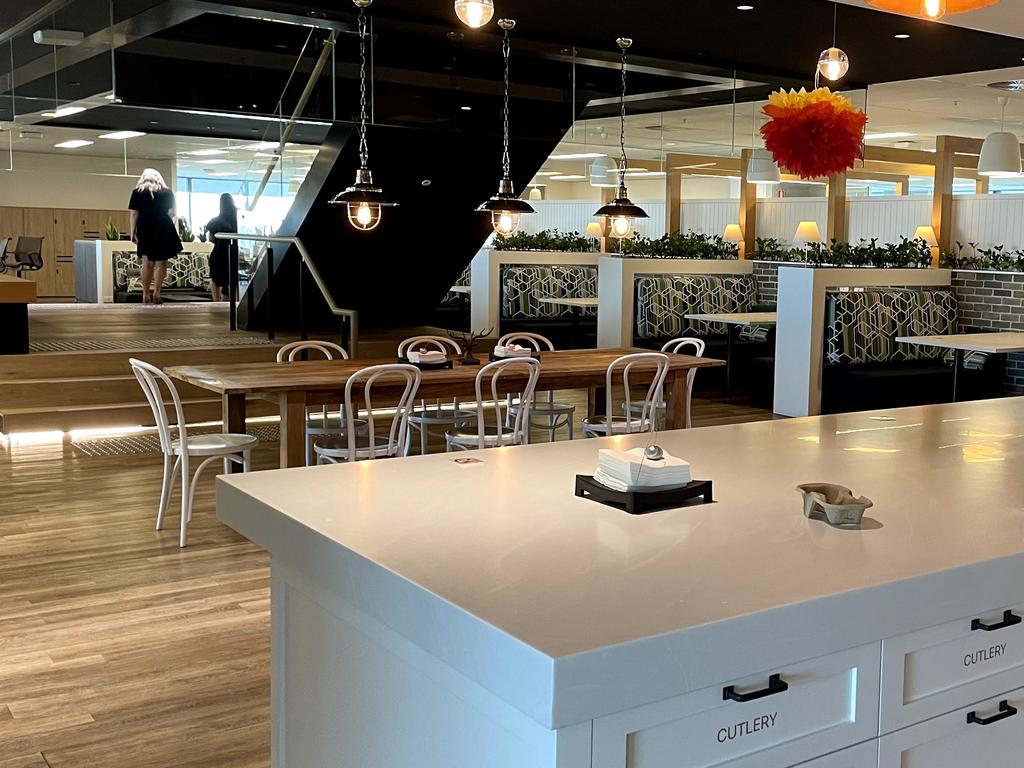
Figures suggest that nationwide, the average percentage of EY staff back in the office is around 30 per cent plus.
COVID willing, and all going well, Johnson thinks this time next year it will be more like 80 per cent.
Telstra’s Andy Penn will deliver a presentation on the issue at CEDA on Thursday, when he will stress the importance of management flexibility on office work.
Last year staff surveys told him most people would prefer to spend just two days in the office and three days at home.
Johnson said the recent Sydney and Bisbane coronavirus outbreaks clearly had some impact on the return to the office. While not thumping the table on the issue, he is a supporter of office work.
“Connectivity, teaming and learning are an important part of corporate culture and are helped by more people being back in the office,” he says.

Orica’s Alberto Calderon is even more forthright on the productivity benefits of having more people in the office. He warns of unintended consequences from the work-from-home switch.
“Running a big company by zoom is inefficient,” Calderon says. “You have to schedule meetings every half hour but some may last five minutes and others 1.5 hours - so much time is lost,” he said in an interview.
Microsoft’s Satya Nadella told the New Yorker: “Digital technology should not be a substitute for human connection.”
EY’s Johnson does think COVID has created structural change in the workforce, which the New Yorker argues will mean a change in office design.
This has already happened in part, with hierarchical structures disappearing and more open-plan and flexible structures to encourage connectedness.
As Australia edges closer to COVID vaccines, the debate on working in the office, or from home, will intensify. Entire city structures are in question.
Telstra’s Penn will stress the need for flexibility, rightly arguing it is difficult to lay down firm rules for different people in different jobs with different circumstances.
Some argue an office is a respite from home, a source of friendship and maybe a place to learn. And that spontaneous interaction with colleagues can work better than scheduled meetings.






Ernst & Young boss Tony Johnson returned to the office last week for the first time in 10 months.